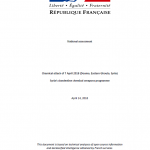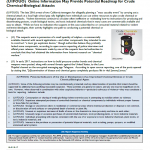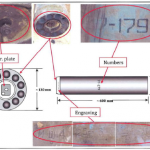
The French services analysed the testimonies, photos and videos that spontaneously appeared on specialized websites, in the press and on social media in the hours and days following the attack. Testimonies obtained by the French services were also analysed. After examining the videos and images of victims published online, they were able to conclude with a high degree of confidence that the vast majority are recent and not fabricated. The spontaneous circulation of these images across all social networks confirms that they were not video montages or recycled images. Lastly, some of the entities that published this information are generally considered reliable.




